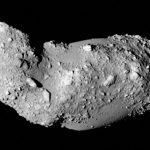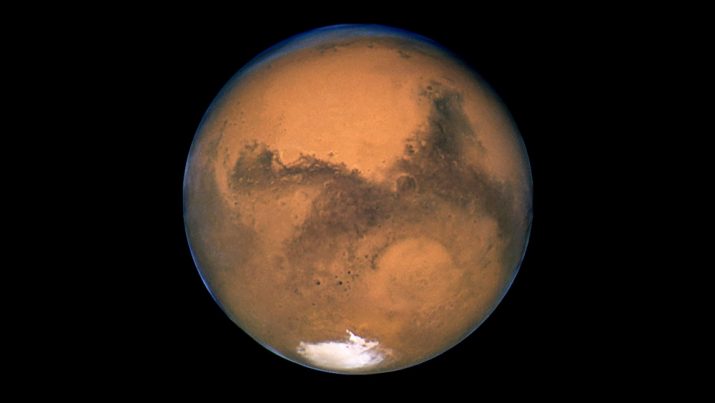
SCIENCE CON: NASA claims it will seek life on Mars in 2020 mission, but it already covered up proof of life from the 1976 Viking mission
Tuesday, August 29, 2017 by Robert Jonathan
http://www.ufos.news/2017-08-29-science-con-nasa-claims-it-will-seek-life-on-mars-in-2020-mission-but-it-already-covered-up-proof-of-life-from-the-1976-viking-mission.html

The Mars 2020 mission will use advanced technology to seek signs of microbial life, but has it already been discovered on the Red Planet?
NASA’s upcoming Mars mission scheduled to launch in the July/August 2020 time frame will use X-ray fluorescence and Raman spectroscopy in its quest to detect biosignatures on rocks.
According to one expert, “these new techniques enable exploration of the planet Mars at telescopic to microscopic scales — from a mountain to a grain of sand,” ScienceDaily explained. The mission will also compile time capsules of a kind, with the gathering of rock and sediment samples which will be left behind in hermetically sealed titanium tubes for analysis by a future mission with presumably even more advanced techniques.
NASA has yet to decide the landing spot for the Mars 2020 mission, which will deliver a state-of-the-art rover payload, that will provide the most scientific potential. Candidates include Columbia Hills in Guseve crater or other locations such as Northeast Syrtis or Jezero crater, both near the edge of the Isidis Planitia.
“The new rover will carry more sophisticated, upgraded hardware and new instruments to conduct geological assessments of the rover’s landing site, determine the potential habitability of the environment, and directly search for signs of ancient Martian life.
Some argue that NASA detected signs of microbial life on Mars about 40 years ago, however, as Space.news has previously detailed.
Gilbert Levin, who was in charge of a life-detection experiment on NASA’s historic Viking mission in 1976, claimed the space probes really did find signs of life on Mars. Levin… has been critical of the agency ever since, stating NASA deliberately ignored evidence of life.
Natural News founder Mike Adams, the Health Ranger, detailed that Levin’s experiment revealed the evidence of living microbes on Mars using an on-board gas chromatograph instrument.
In the video below, Dr. Levin discusses the Viking mission experiment in more detail, which apparently confirmed, or was consistent with, the presence of life on Mars. Among other things, Dr. Levin noted that it is possible microorganisms in a frozen, dried state traveled from the Earth to Mars (or vice versa) after meteors struck and ejected them into space.
In 2015, NASA finally admitted that liquid water flows on an intermittent basis on Mars. According to Mike Adams, NASA spent years covering up the proof of water on Mars for political reasons and has yet to acknowledge the presence of microbial life there. (Related: Read more about NASA and space exploration at Space.news.)
Adams summarized his thoughts on the matter with this rhetorical question.
And if NASA has been covering up the obvious evidence of flowing water for the last few decades, we all have to ask the obvious question: What else is NASA covering up?
Sources include:
Tagged Under: Tags: Cover-Up, evidence of life, Life on Mars, Mars, NASA, outer space, scientific coverup, space exploration, space travel





